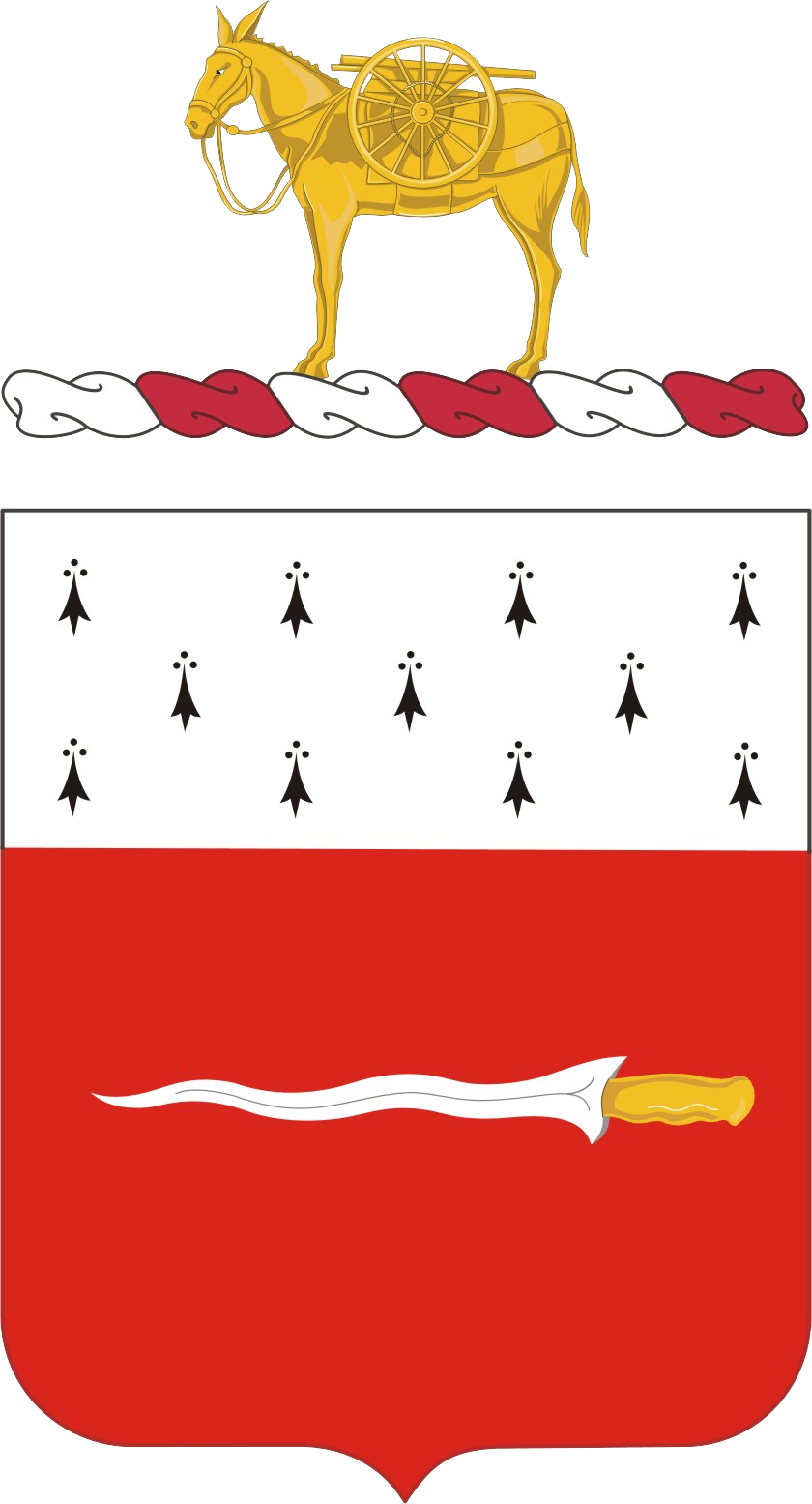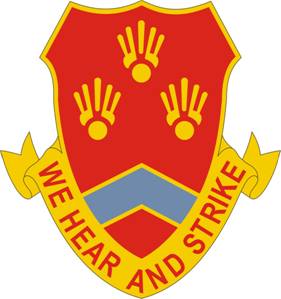Related Research Articles
The United States Armed Forces are the military forces of the United States. The armed forces consists of six service branches: the Army, Marine Corps, Navy, Air Force, Space Force, and Coast Guard. All six armed services are among the eight uniformed services of the United States.

Fort Monroe, managed by partnership between the Fort Monroe Authority for the Commonwealth of Virginia, the National Park Service as the Fort Monroe National Monument, and the City of Hampton, is a former military installation in Hampton, Virginia, at Old Point Comfort, the southern tip of the Virginia Peninsula, United States. Along with Fort Wool, Fort Monroe originally guarded the navigation channel between the Chesapeake Bay and Hampton Roads—the natural roadstead at the confluence of the Elizabeth, the Nansemond and the James rivers. Union General George B. McClellan landed his forces at the fort during Peninsula campaign of 1862 during the American Civil War. Until disarmament in 1946, the areas protected by the fort were the entire Chesapeake Bay and Potomac River regions, including the water approaches to the cities of Washington, D.C. and Baltimore, Maryland, along with important shipyards and naval bases in the Hampton Roads area. Surrounded by a moat, the six-sided bastion fort is the largest fort by area ever built in the United States.

The Field Artillery Branch is a combat arms branch of the United States Army that is responsible for field artillery.

The Air Defense Artillery Branch is the branch of the United States Army that specializes in anti-aircraft weapons. In the U.S. Army, these groups are composed of mainly air defense systems such as the Patriot Missile System, Terminal High Altitude Area Defense (THAAD), and the Avenger Air Defense system which fires the FIM-92 Stinger missile.

The United States Army Field Artillery School (USAFAS) trains Field Artillery Soldiers and Marines in tactics, techniques, and procedures for the employment of fire support systems in support of the maneuver commander. The school further develops leaders who are tactically and technically proficient, develops and refines warfighting doctrine, and designs units capable of winning on future battlefields. The school is currently located at Fort Sill, Oklahoma.
The gun data computer was a series of artillery computers used by the U.S. Army for coastal artillery, field artillery and anti-aircraft artillery applications. For antiaircraft applications they were used in conjunction with a director computer.

The 75th Field Artillery Brigade is an artillery brigade in the United States Army. It is currently based in Fort Sill, Oklahoma and supports the III Armored Corps. The brigade is officially tasked to train and prepares for combat; on orders deploys to any area of operations to plan, synchronize and execute combined, and joint fires and effects. Integrate attached ground and air maneuver forces and on order function as a maneuver headquarters in support of full spectrum operations.

The 69th Air Defense Artillery Brigade is an air defense artillery brigade of the United States Army.

The 2nd Field Artillery Regiment is a field artillery regiment in the United States Army. Currently a parent regiment under the U.S. Army Regimental System, the regiment has a single active battalion, the 2nd Battalion, 2nd Field Artillery, assigned to the 428th Field Artillery Brigade at the U.S. Army Field Artillery, Fort Sill, OK. Their long history is currently represented by the 2nd Field Artillery Mascots

The 5th Air Defense Artillery Regiment is an Air Defense Artillery regiment of the United States Army, first formed in 1861 in the Regular Army as the 5th Regiment of Artillery.

The 7th Air Defense Artillery Regiment is an air defense artillery regiment of the United States Army, first constituted in the Regular Army as the 7th Regiment of Artillery on 8 March 1898. The 6th and 7th U.S. Artillery Regiments were constituted on 8 March 1898, three weeks after the explosion of USS Maine in Havana, Cuba on 15 February 1898, as the United States' declaration of war on Spain and commencement of the Spanish–American War seemed imminent.

The 1st Field Artillery Regiment is a Field Artillery regiment of the United States Army first formed in 1907. The regiment served with the 4th Division and 6th Division before World War II, and with the 6th Infantry Division during and after World War II through 1956. Currently organized as a parent regiment under the U.S. Army Regimental System, elements of the regiment have served with the 1st Armored and 5th Infantry Divisions and with various artillery groups. The lineages of some of the units that make up the 1st Field Artillery include campaign credit for the War of 1812. The regiment carries battle streamers for campaigns in the Indian Wars, Mexican War, Civil War, Spanish American War, and Philippine Insurrection, for World War II, and for Southwest Asia and the Global War on Terror.

The 22nd Field Artillery Regiment is a Field Artillery regiment of the United States Army.

John Wilson Ruckman was a major general in the United States Army.

The 6th Air Defense Artillery Regiment is an air defense artillery regiment in the United States Army, first formed in 1898 as the 6th Regiment of Artillery. The 6th and 7th U.S. Artillery Regiments were constituted on 8 March 1898, three weeks after the explosion of the USS Maine in Havana, Cuba on 15 February 1898, as the United States' declaration of war on Spain and commencement of the Spanish–American War seemed imminent.
The 65th Air Defense Artillery was a training regiment in the United States Army. During World War I the unit was a tractor drawn (TD) unit equipped with British BL 9.2 inch Howitzers. When it was reactivated in Panama in 1924 it became an (AA) anti aircraft unit equipped with the 3-inch Gun M1918.
The 63rd Coast Artillery was a Coast Artillery regiment in the United States Army. It was deactivated and broken up in 1943, with its last descendants inactivated in 1958.

The 214th Field Artillery is a regiment in the Georgia National Guard.

The 265th Air Defense Artillery Regiment is an air defense artillery regiment in the Florida Army National Guard. The unit was formed 19 October 1923 in the Florida National Guard as the 1st Separate Battalion, Coast Artillery Corps. It was reorganized and redesignated as the 265th Coast Artillery Regiment (CA) (HD) in 1929. The 265th was activated for World War II and served in the harbor defenses of Galveston, Texas, Los Angeles, California, Key West, Florida, Sandy Hook, New Jersey, and Alaska until broken up into battalions in July 1944. The unit lineage was carried by two antiaircraft battalions organized in 1946, one of which was federalized in Florida during the Korean War. Consolidated with other units in 1959 as the 265th Artillery; reorganized in 1987 as the 265th Air Defense Artillery.
The 515th Coast Artillery was a regiment of the United States Army first created in the early 1920s.
References
- ↑ Journal of the United States Artillery, vol. XX, 1903
- ↑ "Coast Artillery Journal archive at sill-www.army.mil". Archived from the original on 2018-05-17. Retrieved 2019-01-31.
- ↑ "Antiaircraft Journal archive at sill-www.army.mil". Archived from the original on 2019-02-08. Retrieved 2019-01-31.